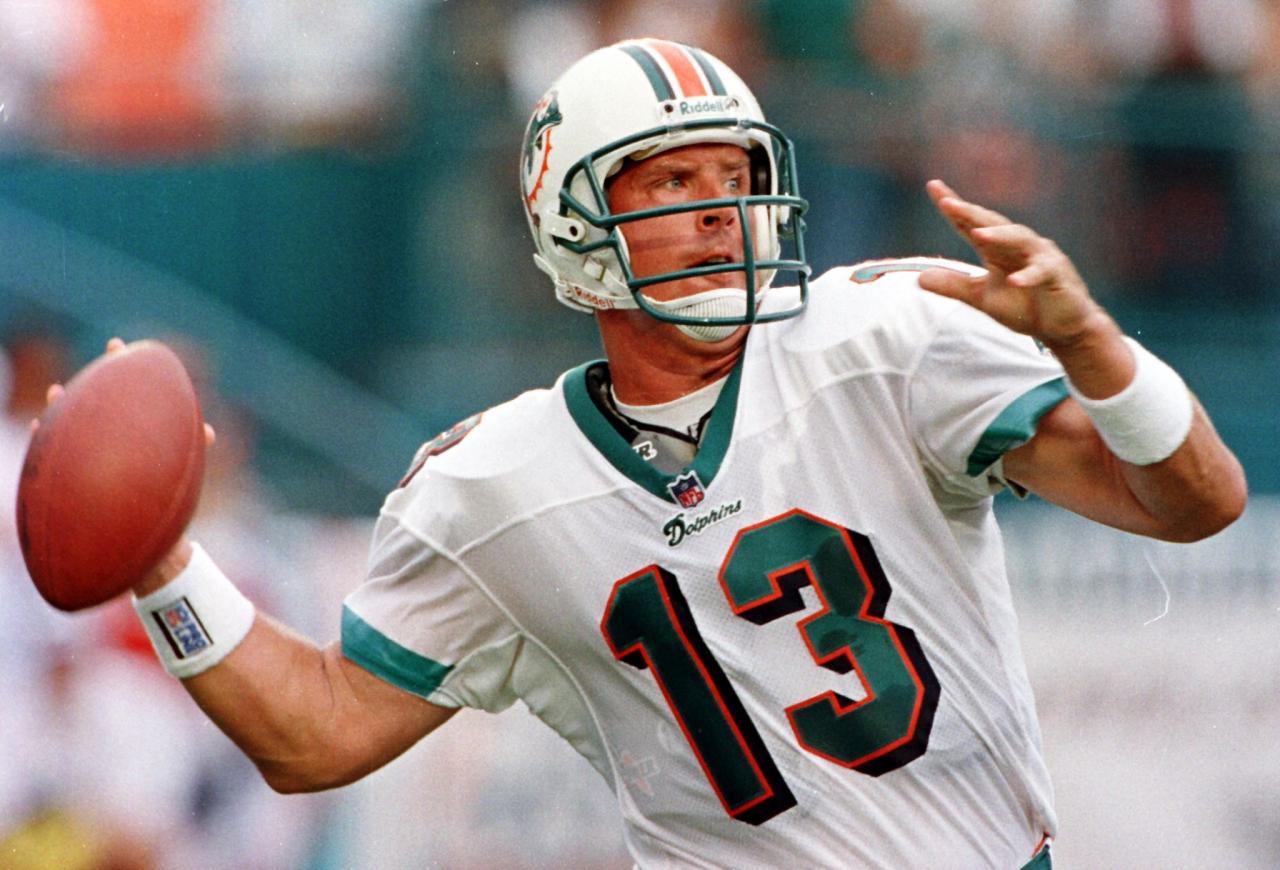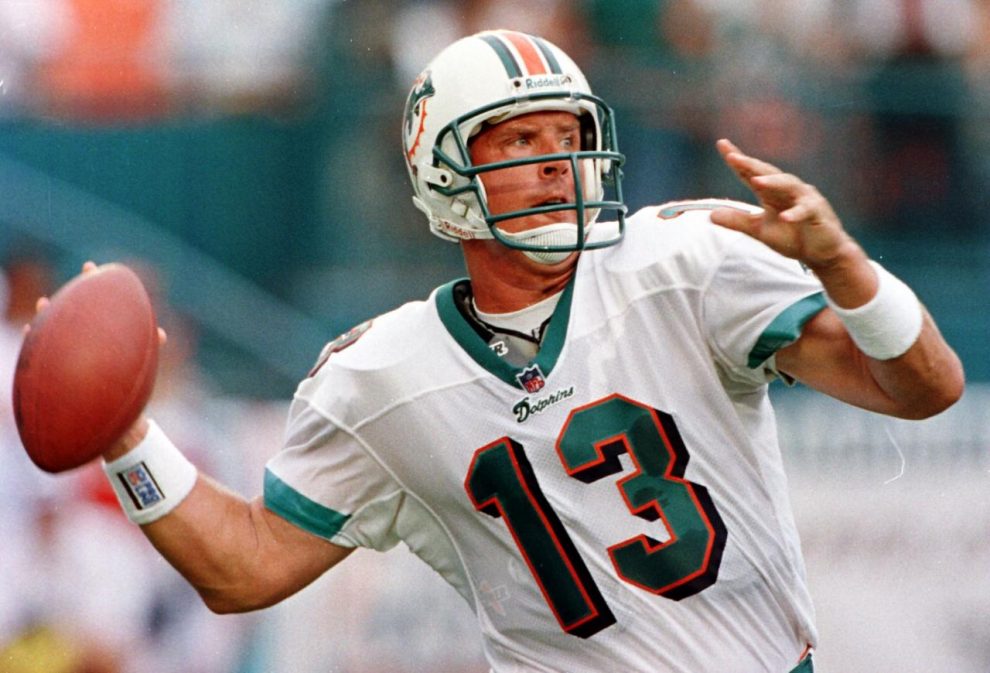
Introduction
The National Football League (NFL) has become an integral part of American culture, captivating fans with its thrilling games and rich history. From its humble beginnings to its current status as the most popular professional sports league in the United States, the NFL has undergone significant evolution. In this article, we will explore the transformation of the NFL over the years, tracing its growth, rule changes, technological advancements, and the impact of notable figures. Through the lens of pure American English, real-life examples, and insights from influential individuals, we will delve into the fascinating journey of the NFL.
I. The Early Years: Formation and Growth of the NFL
- The Birth of the NFL: A League in Formation
The NFL was established in 1920 as the American Professional Football Association (APFA), initially consisting of ten teams. Over time, the league evolved, changing its name to the National Football League in 1922. In its early years, the NFL faced challenges, including financial difficulties and competition from rival leagues. However, the league persevered, laying the foundation for professional football as we know it today.
Former NFL Commissioner Pete Rozelle reflected on the league’s early years, stating, “The NFL’s early struggles tested the resilience of the game and its leaders. It took dedication, vision, and the commitment of those involved to establish professional football as a major sport.”
- Expanding the NFL: From Regional to National Appeal
In the 1950s and 1960s, the NFL experienced significant growth and expansion. The league added teams, extended its reach to new markets, and garnered a larger fan base across the country. This period also saw the emergence of iconic players and teams that captured the public’s attention and elevated the popularity of the sport.
NFL Hall of Fame coach Vince Lombardi famously said, “The growth of the NFL during this era was a testament to the hard work and dedication of everyone involved. The league’s expansion and national appeal laid the groundwork for its future success.”
II. Rule Changes and Technological Advancements
- Rule Changes: Shaping the Game
Over the years, the NFL has implemented rule changes to enhance player safety, promote scoring, and improve the overall flow of the game. From the introduction of the forward pass in the 1930s to the adoption of instant replay technology, these rule changes have had a profound impact on the game.
Former NFL head coach Tony Dungy acknowledged the importance of rule changes, stating, “The NFL’s commitment to evolving and adapting its rules has made the game safer and more exciting. Each rule change has been aimed at enhancing the player experience and providing fans with an enjoyable product.”
- Technological Advancements: Enhancing the Viewing Experience
Technological advancements have revolutionized the way NFL games are played and consumed by fans. From advancements in equipment and training techniques to the use of video replay systems and player tracking technologies, these innovations have greatly influenced the game and the viewing experience.
NFL quarterback Peyton Manning recognized the impact of technology, saying, “Advancements in technology have allowed players to push their limits and perform at their best. The use of video analysis and tracking technologies has provided players and coaches with valuable insights to improve performance and make strategic decisions.”
III. The Rise of Super Bowl and the NFL’s Global Reach
- The Birth of the Super Bowl: A Cultural Phenomenon
The Super Bowl, the NFL’s championship game, has become a cultural phenomenon, transcending the sport itself. Since its inception in 1967, the Super Bowl has evolved into a massive event that attracts millions of viewers worldwide. It has become a platform for advertisers, musicians, and entertainers, solidifying the NFL’s status as a global sports and entertainment powerhouse.
NFL Commissioner Roger Goodell reflected on the Super Bowl’s significance, stating, “The Super Bowl’s growth over the years has been remarkable. It showcases the best of the NFL and has become a must-see event that captures the attention of fans around the world.”
- Global Expansion: Spreading the Love for Football
In recent years, the NFL has made significant efforts to expand its reach globally, aiming to popularize American football beyond the borders of the United States. The league has held regular-season games in international locations, invested in grassroots development programs, and cultivated a passionate international fan base.
NFL team owner Shahid Khan expressed the NFL’s global aspirations, saying, “The NFL’s commitment to international expansion is driven by a desire to share the excitement of the game with fans all over the world. Football has the power to unite people and transcend cultural boundaries.”
Conclusion
From its humble beginnings to its current status as a global phenomenon, the NFL has undergone a remarkable evolution. The league’s growth, rule changes, technological advancements, and global outreach have transformed it into the juggernaut we see today. The NFL’s journey serves as a testament to the power of sport to captivate and inspire millions. As fans, let us appreciate the rich history, innovation, and thrilling moments that the NFL continues to provide, solidifying its place as America’s most popular sport.











